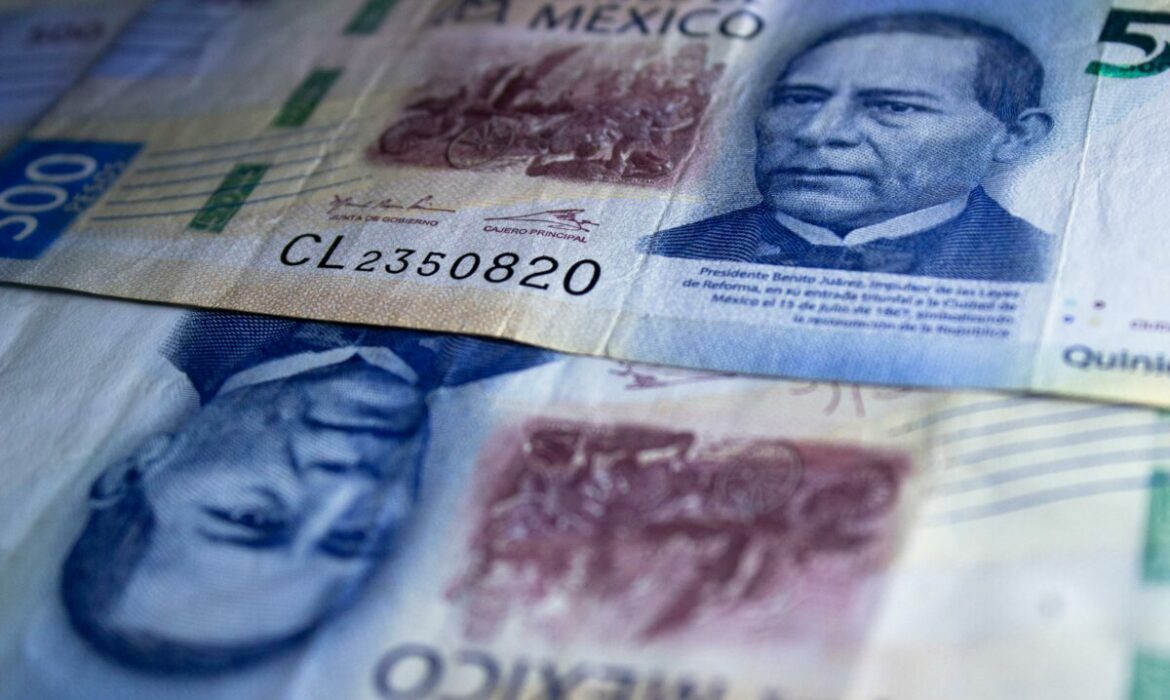Key Points
- The USD/MXN has slightly decreased to 16.53, marking a -0.11% change.
- The short-term outlook is bearish, with key support at 16.51, potentially dropping to 16.00.
- Long-term analysis suggests a possible upside, with resistance at 16.70 and higher.
- External events influence the market, including US Treasury yields and Mexico’s investment figures.
The USD/MXN currency pair has experienced a slight decrease in value, currently at 16.53, reflecting a -0.11% change. This movement suggests a minor market adjustment, indicative of the subtle shifts within broader economic trends and monetary policy implications.
USD/MXN Short-Term: Watching for Drop Below 16.51
The USD/MXN pair appears to be on a bearish trajectory in the short term. Key levels to watch include a Year-To-Date (YTD) low support at 16.51, with potential consolidation around 16.50. Should the rate drop below this pivotal point, the next support is expected at the October 2015 low of 16.32, with further support envisioned at the psychological level of 16.00. This bearish outlook is further compounded by the market sentiment indicators, such as the Relative Strength Index (RSI) remaining in bearish territory and observations that sellers are losing momentum.
USD/MXN’s Long-Term View: Eyeing 17.18 SMA Barrier
Conversely, the long-term perspective presents an opportunity for upside movements. Immediate resistance is identified at 16.70, followed by more significant levels at 16.94 (50-day Simple Moving Average), 17.04 (100-day SMA), and 17.18 (200-day SMA). Furthermore, these levels represent critical thresholds that could dictate the long-term trend direction, underscored by the market’s response to underlying economic indicators and fiscal policies.
Navigating Fed Insights & Economic Trends
The US economic data presents mixed signals. On the one hand, private hiring has increased above estimates. This signals a tight labour market. Consequently, it could potentially buoy the US Dollar. However, cooling business activity in services PMI readings could limit the Dollar’s recovery.
Furthermore, statements from Federal Reserve officials, including Raphael Bostic and Jerome Powell, highlight the complexity of the current economic landscape. Bostic anticipates a rate cut in Q4 2024, with inflation expected to meet the Fed’s target by 2026. Powell suggests the Fed will cut borrowing costs within the year, contingent on sustainable inflation reduction.
US Treasuries & Mexico’s Investment Impact
Recent events such as the climb in US Treasury yields, buoyed by hawkish comments from Raphael Bostic, and the Gross Fixed Investment figures in Mexico, have shaped market sentiment. These developments have supported the US Dollar while simultaneously capping the fall of the emerging market currency, the Mexican Peso. This difference between USD/MXN illustrates the intricate interplay between domestic economic indicators and international events.
















